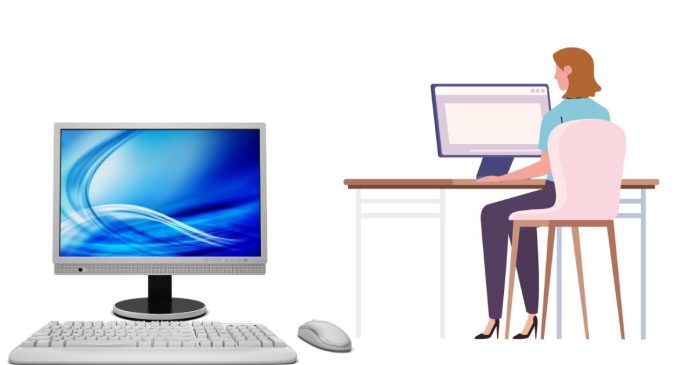In the world of computing and typing, there are few debates as contentious as the question of how many spaces a tab should represent. While it may seem like a trivial matter, the answer can have significant implications for coding, formatting, and overall typing efficiency. In this article, we’ll look into the history of the tab character, explore the different perspectives on the issue, and provide some guidance on how to navigate this complex topic.
A Brief History of the Tab Character
The tab character, represented by the symbol ↹, has its roots in the early days of computing. In the 1960s, computer keyboards began to feature a tab key, which was used to advance the cursor to the next predetermined position on the screen. This was useful for creating tables, aligning text, and other formatting tasks.
How Many Spaces is a Tab?
So, how many spaces is a tab? The answer depends on the context and the specific application or programming language being used. Here are a few common perspectives:
– 8 spaces: In the early days of computing, tabs were often set to 8 spaces. This convention was adopted by many programming languages, including C and Unix.
– 4 spaces: As computing evolved, the 4-space tab became a popular alternative. This convention is widely used in programming languages like Python and Java.
– Variable spaces: In modern computing, tabs can represent a variable number of spaces, depending on the application or programming language. For example, in Microsoft Word, a tab can represent anywhere from 1 to 32 spaces.
The Debate: Tabs vs. Spaces
The debate over tabs vs. spaces is a longstanding one in the programming community. Some argue that tabs are more efficient and flexible, while others claim that spaces are more consistent and reliable. Here are some arguments from both sides:
– Pro-tabs: Tabs are more flexible and can be set to different widths depending on the application or programming language. They also reduce the amount of typing required to align text.
– Pro-spaces: Spaces are more consistent and reliable, as they always represent a fixed width. They also make it easier to collaborate on code, as different editors and IDEs may interpret tabs differently.
In conclusion, the question of how many spaces a tab represents is a complex one with no straightforward answer. While some applications and programming languages use 8 spaces, others use 4 spaces or variable spaces. Ultimately, the choice between tabs and spaces comes down to personal preference, coding style, and the specific requirements of the project. By understanding the different perspectives on this issue, developers and typists can make informed decisions about how to use tabs and spaces in their work.


